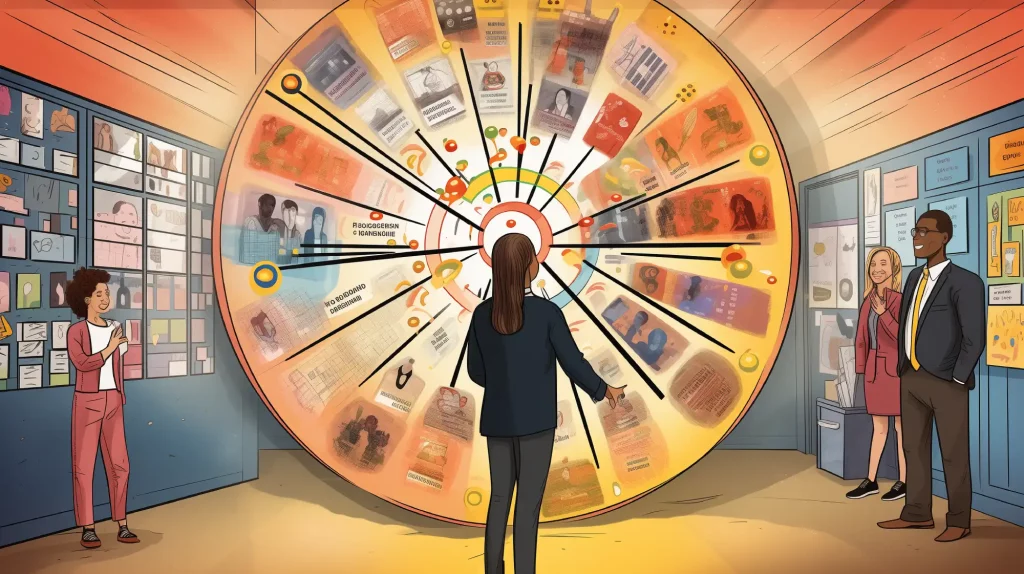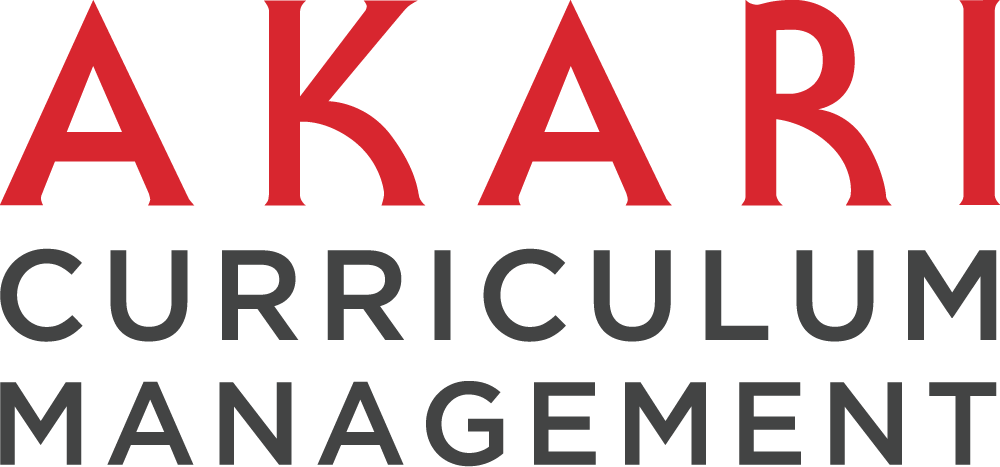Curriculum planning holds significant importance in the realm of higher education, necessitating meticulous deliberation of multiple components by the individuals engaged in this undertaking.
The process of curriculum planning entails the complex endeavour of designing, moulding, and implementing a curriculum that successfully meets the needs of all individuals involved in the educational system.
A meticulously crafted curriculum plays a crucial role in facilitating students’ achievement of their educational goals and equips them with the necessary skills and knowledge to pursue their desired professional trajectories.

What is Curriculum Planning in Higher Education?
Curriculum planning refers to the process of designing and organising an educational curriculum.
Curriculum planning encompasses the systematic identification and organisation of instructional materials that will be employed within a given course. This procedure entails the determination of the content, timing, and instructional methods for teaching.
The responsibility of a curriculum designer entails making decisions regarding the content and delivery methods of educational materials for students.
However, it is imperative to differentiate curriculum planning from other educational processes. The initial phase of curriculum development involves the identification of educational needs, the conceptualization of objectives and the structure of academic programmes, followed by subsequent steps in the curriculum development process.
The curriculum planning process is intricately entwined with the pedagogical dimension, encompassing educational methodologies, technological advancements, and societal demands.
The Importance of Curriculum Planning
Curriculum planning assumes a critical role within the realm of higher education due to a multitude of reasons:
- Alignment with Learning Outcomes: The alignment with learning outcomes is a crucial aspect of curriculum planning as it ensures that the content, assessments, and teaching methods are strategically organised to facilitate the attainment of these desired educational goals. This alignment facilitates the establishment of explicit expectations by educators, thereby enabling students to have a comprehensive and easily comprehensible framework for their educational progression.
- Comprehensive Learning: The process of curriculum planning is essential in establishing a comprehensive and well-structured learning experience. It encompasses the inclusion of subject-specific content, as well as the cultivation of critical thinking and problem-solving abilities, which are integral components of the curriculum.
- Inclusivity: The educational programmes prioritise inclusivity by addressing the diverse needs of students and ensuring accessibility for individuals with disabilities. This approach fosters a learning environment that is centred on effective instruction and promotes active engagement.
- Resource Optimisation: The implementation of a well-structured curriculum plan has the potential to enhance the allocation and utilisation of resources within educational institutions, leading to a significant impact on student achievement.
- Shaping the Future: The strategic development of curriculum is of paramount importance in shaping the future of students and fostering a vibrant university community. By meticulously planning and implementing a comprehensive curriculum, educational institutions can effectively gauge and showcase student advancement, while providing a nurturing and structured learning environment.
Steps in Curriculum Planning
The curriculum planning process encompasses a series of fundamental steps:
- Needs Assessment: Conducting a needs assessment is the initial phase in curriculum development, wherein the current and future needs of both learners and the community are identified. Conducting surveys, focus groups, interviews, or observations to collect data on students and the educational context in which the curriculum will be implemented are among the techniques employed for needs assessment.
- Setting Objectives: The establishment of goals and objectives for the curriculum is informed by the data gathered during the needs assessment phase. They ought to be SMART objectives—specific, measurable, achievable, relevant, and time-bound. The establishment of objectives and goals facilitates the alignment of curriculum development with the needs and aspirations of both students and the community.
- Designing the Curriculum: The process of curriculum design involves the development of a curriculum subsequent to the establishment of goals and objectives. During this stage, a comprehensive framework is developed to establish the structure of the curriculum, encompassing its subject matter, pedagogical methods, assessment protocols, and instructional resources. When selecting an instructional strategy, it is important to consider both the curricular objectives and the learning demands of the learners. The alignment between learning objectives and assessment procedures is crucial, as it ensures that students receive valuable feedback.
- Implementation: The curriculum is currently being put into practise within the classroom setting. The assessment of the curriculum’s effectiveness occurs subsequent to its implementation. The curriculum serves as a guiding framework for educators in the delivery of instructional materials, while students engage actively in the various activities and subject matter. In order to ensure the intended delivery of the curriculum, it is imperative to implement it in a systematic and consistent manner.
- Review and Evaluation: The curriculum undergoes updates and enhancements based on evaluation findings, with the aim of enhancing its effectiveness. Revision can encompass various changes made to content, teaching methods, assessment protocols, or instructional materials. The revised curriculum must be designed in accordance with its stated goals and objectives, taking into consideration the needs of learners and the broader community.
Challenges in Curriculum Planning
- Diverse Student Needs: One of the primary challenges encountered in curriculum planning is the presence of diverse student needs. Catering to the diverse needs and requirements of students poses a significant challenge. The student body comprises individuals from diverse backgrounds, exhibiting a wide array of skills and preferences in terms of learning. Irrespective of the individual differences among students, it is imperative to develop a curriculum that is tailored to accommodate their specific requirements.
- Keeping Up with Research: The field of education is subject to a continuous development of new studies and best practices, necessitating a commitment to staying updated. It is imperative to develop a curriculum that possesses sufficient flexibility to effectively incorporate these modifications.
- Resource Limitations: Educational institutions often face limitations in terms of faculty availability and financial resources. To optimise the utilisation of these resources, it is imperative to develop a well-designed curriculum.
- Consensus Building: It is imperative that all relevant stakeholders, encompassing students, staff, administrators, and community members, actively engage in the process of curriculum planning. Establishing consensus among a heterogeneous group of individuals can present challenges.
The Role of Technology in Curriculum Planning
Technology has a big potential in curriculum design in today’s digital age. It can be used to:
- Conduct needs assessments
- Develop learning activities
- Deliver instruction
- Assess student learning
- Manage the curriculum
In this digital era, it is difficult to improve curriculum development without involving technology for greater success and efficiency. Technology can make curriculum development more accessible and easier for all students. It doesn’t matter where they are located or how they are performing academically.
Engaging Stakeholders in Curriculum Planning
All interested parties, including students, staff, administrators, and members of the community, should participate in the curriculum planning process. This is significant for various reasons. It first makes sure that the curriculum satisfies the demands of all parties involved. Second, it fosters a sense of pride and commitment to the course material. Thirdly, it might aid in spotting and resolving any problems that may arise.
Including relevant parties in the curriculum development process can be done in a variety of ways. Among these are:
- Conducting surveys and focus groups
- Holding town hall meetings
- Creating advisory boards
- Establishing working groups
Continuous Review and Improvement
On a continuous basis, the curriculum ought to be evaluated and enhanced through this process. This is very important to ensure that the curriculum is adapting to the changing conditions according to the students’ demands in the educational landscape.
The review process ought to include participation from all relevant stakeholders and ought to be utilised to locate areas that could be improved.
